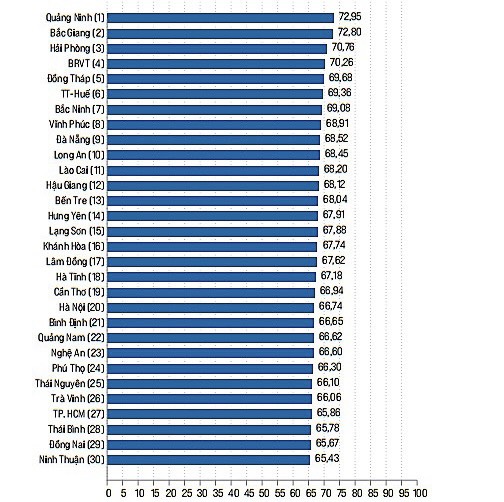The new land price list according to the expected market will be applied from 2026. The annual land price list will be issued to be closer to the market instead of every 5 years as currently planned to be implemented from 2026 to ensure feasibility.
This content was mentioned in the draft document of the Land Law (amended) sent by the Government to the National Assembly on April 25. The new draft consists of 16 chapters, reducing 13 articles compared to the draft for opinions.
The new point in this draft is that the Government determines that the land price list will be issued annually instead of every 5 years as at present, to ensure market principles.
The reason for this decision, the Government analyzed, summarized the implementation of the Land Law 2013, showed that very few localities announced the land price list every 5 years and adjusted it when there was a fluctuation of 20%. This makes the land price list not suitable for market developments.
However, to ensure feasibility when abandoning the land price framework, providing mechanisms and methods to determine land prices based on market principles as the spirit of Resolution 18, the Government stated that the current land price list will be used until the end of 2025. That is, from 2026, a new land price list built on market principles will be applied. With this regulation, localities have enough time to build and announce new land price lists from the effective date of the law to the end of 2025.
“The issuance of the next annual land price list will be towards areas and land types with fluctuations, then update the price to fit the market,” according to the Government’s document.
Regarding this issue, the previous comment of the Ho Chi Minh City Real Estate Association (HoREA) said that the annual land price list should not be issued because the conditions have not yet been met. Instead, according to HoREA, the land price list should only be issued every 3 years or every 2 years to fit the current administrative and management capabilities. In addition, in the Government’s document this time, after absorbing people’s opinions, the land pricing regulations are adjusted based on ensuring the method of determining prices according to the market, public and independent in determining, appraising, and deciding land prices.
The basis for determining prices includes the land use term (agricultural land assigned by the state to households, individuals, or within the transfer limit will not be based on the land use term), input information to determine prices, other influencing factors, and relevant legal provisions at the time of pricing.
Among these, the input information to determine land prices includes prices recorded in market transactions, prices of similar types of land in the same area, and prices of investment projects in the same area. In addition, the government’s proposal also stipulates that the land price list must be adjusted when there are significant changes in the market or when there are new policies related to land prices.
Overall, the proposed amendments to the Land Law aim to ensure the feasibility and practicality of land pricing in accordance with market principles, as well as to improve the efficiency of land management and use.


